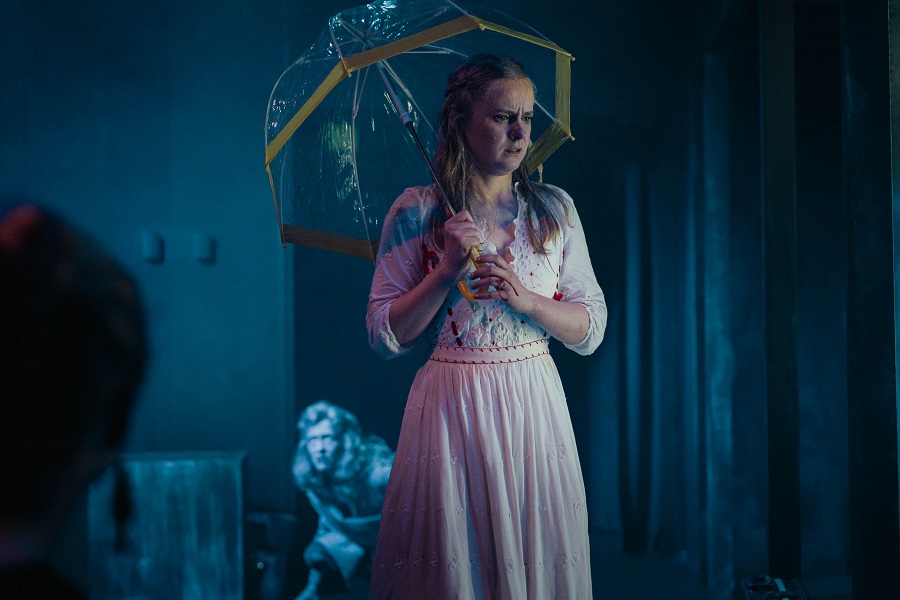Music / “Rachel Scott’s Bach in the Dark: Cellissimo!” At the Australian Centre for Christianity and Culture, October 29. Reviewed by IAN McLEAN.

RACHEL Scott’s “Bach in the Dark: Cellissimo” was one of the concerts in a series being presented under the banner – “David Pereira 70 Not Out”.
The cheerful and happy one-hour show was presented in the appropriately darkened surrounds of the Australian Centre for Christianity and Culture, an excellent performance space just off Kings Avenue Bridge, Barton.
The six cellists were David Pereira, certainly one of Australia’s leading and most versatile players; Rachel Scott, world renowned soloist and chamber musician and four Pereira cello students – Eloise Ng, Enola Jefferis, Emma Dauparas and Zachary Connor, all variously members of the ANU Orchestra and Chamber Orchestra, Canberra Youth Orchestra, Canberra Symphony Orchestra and numerous musical theatre pit orchestras.
In her laid back and light-hearted manner, Scott commenced the concert by explaining the “Bach in the Dark” history and how the concept had developed after she performed a concert in a country school.
She invited children to stretch out on the floor as if spokes on a wheel with her as the hub. The children lay listening silently, mesmerised for the 25-minute performance, one proclaiming it was the best thing he had ever heard.
She subsequently began a journey of unconventional music performance, based on a principle that concerts are a time of celebration and of sharing and enjoying, whether live or, as nowadays, live-streamed.
The concert opened with a setting for six cellos of Bach’s “Brandenburg Concerto No 6”. Although it took a little time to adjust to hearing the familiar work in an unfamiliar orchestration it worked and it was charming to hear the versatile cello covering all parts.
It was Bach again and “Erbarme Dich” (Have Mercy My God for the Sake of My Tears) from the St Matthew Passion. Pereira played the alto solo voice part from the chorale, Scott the violin solo while the other four cellos covered the orchestra parts in a most satisfying rendition of this moving piece.
It was explained that the combined cello sound is the closest to that of a vocal choir so the audience was treated to a practical demonstration of that theory in the Faure “Cantique de Jean Racine” where the choir was represented by the four female players and the males became the voice of the organ.
It was light-hearted and vibrant from then on with the ensemble capturing the flavour of South America – all cellos resplendent in lower range with the absolute feel of the exuberant “La Cachila” tango.
Next a Pereira composition with images of a dance being performed around a tree in Tyalgum, northern NSW, then, to wrap things up, an arrangement originally written for the famed 12 cellos of the Berlin Philharmonic Orchestra of “Mambo for Six”, complete with excellent percussion effects, of course all played on the cello.
Who can be trusted?
In a world of spin and confusion, there’s never been a more important time to support independent journalism in Canberra.
If you trust our work online and want to enforce the power of independent voices, I invite you to make a small contribution.
Every dollar of support is invested back into our journalism to help keep citynews.com.au strong and free.
Thank you,
Ian Meikle, editor




Leave a Reply